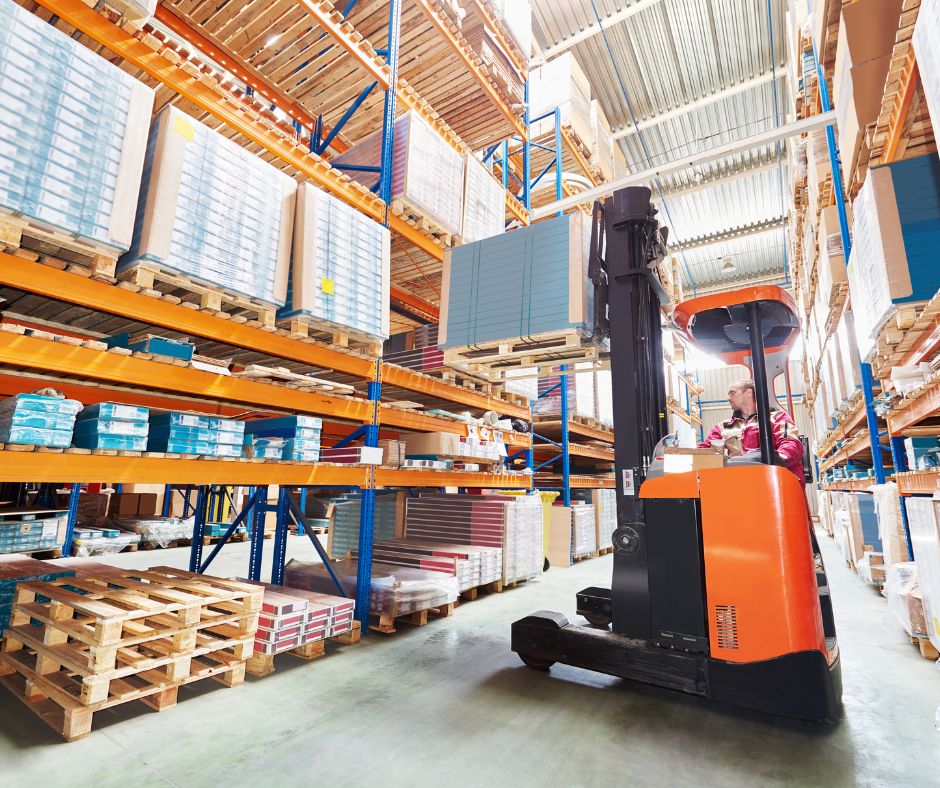
iProtectU feature in Irish Heath and Safety Review following Ibec seminar on how technology makes managing safety easier
iProtectU feature in Irish Health and Safty Review. Also sponsor and contributor to the Ibec seminar on Embracing technology to manage Occupational Safety & Health.






